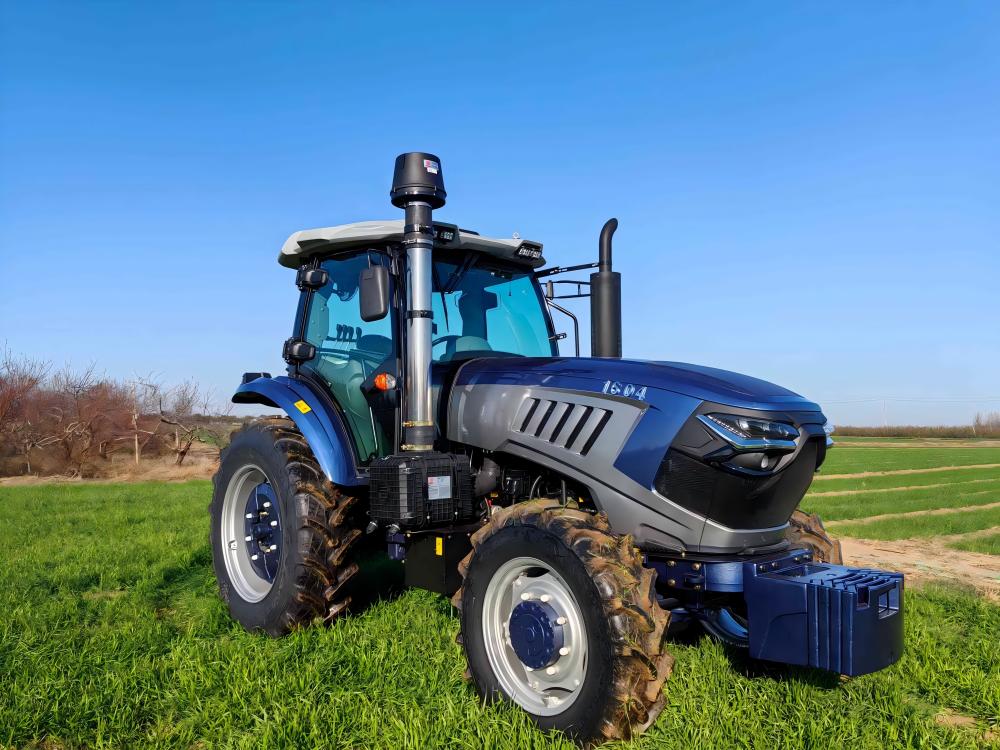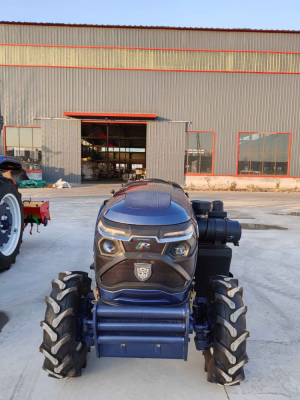Agricultural machinery markets in Southeast Asia and Africa are gaining momentum
Annie, Editor-in-Chief, World Agricultural Network 13522740852
The FederUnacoma Association notes that significant growth is expected in the agricultural machinery sector in the coming years, but the market structure
will change.
In the coming years, Europe and North America will remain dominant in the market. However, countries such as Indonesia, Vietnam, Philippines and
Thailand, which continues to increase imports of agricultural machinery, will play an increasingly important role. Population growth is the source of growing demand
on agricultural technology - is also critical for Africa, especially Nigeria, Ethiopia and the Democratic Republic of the Congo.
The large markets of Europe and North America will maintain high levels of investment to ensure high quality standards, and the two Asian giants,
India and China will strive to steadily advance the mechanization process based on the high production volumes achieved in recent years, but
emerging markets will be in Southeast Asia and Africa. This trend was discussed by industry figures at the EIMA conference in Bologna.
FederUnacoma President Mariateresa Maschio said that demand for agricultural machinery should increase significantly, and in those
regions of the world where agriculture is actively developing due to population growth require more powerful agricultural equipment and technology than
currently.
As demonstrated at the conference, the key country is Indonesia, which already has a population of about 300 million and is
one of the most populous countries in the world, which is expected to further increase its population in the coming years. Import
agricultural machinery in Indonesia has been growing steadily over the past 15 years, increasing from 140 million euros in 2009 to almost 700 million
euro in 2023 (average annual growth of 8.6 percent) and a further projected annual growth of 6.7 percent over the next four years
(2024 - 2027).
But imports of agricultural machinery into other populous countries in Southeast Asia are also growing:
Vietnam (100 million inhabitants) projects annual import growth of 6.2% over the next four years;
The Philippines (110 million inhabitants) should increase imports by 7.8% over the next four years;
Thailand (71 million inhabitants), which has experienced slow growth averaging just 1% per year over the past 15 years, is expected to reach an annual average
growth of 6.8% between 2024 and 2027.
If sub-Saharan Africa accounts for 50 percent of world population growth in 2050, demographic variables will have an even greater impact
greater influence on the continent. On the African continent, Nigeria stands out with a population of 230 million that will exceed 400 million by 2050
(making it the third most populous country in the world), followed by Ethiopia and the Democratic Republic of Congo with populations over 100
million people, destined for significant growth over the next 20 years to become one of the 10 most populous countries on Earth.
It was noted that currently only 46 percent of Nigeria's arable land is in use, and in the Democratic Republic of the Congo only 10 percent
arable land is used in agriculture. Thus, converting new land into arable land is a top priority for these
countries and other countries on the continent, and in the near future the demand for technology will increase (until 2027, imports of agricultural machinery into Ethiopia will be
grow by 7% per year), and in the Congo by 12%), but will be even higher over the next 20 years.





